
A blog focusing on 1/64 diecast from such popular brands as Hot Wheels, Matchbox, Johnny Lightning, M2 Machines, GreenLight, Tomica, Yat Ming, Majorette, MotorMax, Siku, Corgi, Guisval, Playart, Ertl, Zylmex, Racing Champions, & many more. Swifty's Garage features a daily Car Of The Day and news updates from your favorite brands!
Thursday, December 9, 2010
Car Of The Day: December 9, 2010
Today's car of the day is Majorette's 1990 Audi 90.
The Audi 80 is a compact executive car produced by the German car manufacturer Audi, from 1966 to 1996. It shared its platform with the Volkswagen Passat from 1973 to 1986 and was available as a saloon car/sedan, and an Avant (Audi's name for an estate car/station wagon). The coupé and convertible models were not badged as members of the range but shared the same platform and many parts.
In North America and Australia, the 80 was sold as the Audi Fox for model years 1973–79, and as the Audi 4000 for model years 1980–87 in the USA. The Audi 90 was an upmarket version of the Audi 80. The original Audi Cabriolet was badged thus, without a number, but was closely related to the 80/90.
There were several different internal combustion engine types, of which the petrol engines included the fuel-injected "E" (Einspritzung), and carburetor "S", and the diesel engines included "D" (Diesel), "TD" (TurboDiesel), or "TDI" (Turbocharged Direct Injection).
For more information and pictures of the real car please visit: Audi 90
I've tried to figure out exactly what year this Audi represents, but I've had no luck. So if anyone can narrow it down further, I'd appreciate it. I remember obtaining this model sometime in the early 1990s hence why I've labeled it as a 1990. it could possibly represent a late '80s model however.
In September 1986, Audi released a new Typ 89 Audi 80 for the 1987 model year on the European market and introduced it elsewhere within a year. It was based on a new platform which broke the relationship with the Volkswagen B-series platforms, not being the same as the Passat's B3 platform. Although often called the B3 even among knowledgeable Audi enthusiasts, the official and correct nomenclature was its production code Typ 89 from 1987 to 1989, and Typ 8A from 1990 onwards. It introduced a new aerodynamic look and a fully galvanised bodyshell. This was the first mid-sized car to feature a fully zinc-coated body, giving it longevity and durability against corrosion perforation. This protective shield proved to be so effective that Audi extended its corrosion perforation warranty from the originally offered ten years to twelve years (during early pre-production, the body was expected to be good for only eight years). Audi still uses zinc galvanisation for all current steel-bodied models.
Unlike its predecessor, the B3 was marketed worldwide only as the Audi 80 or Audi 90. For the most part, Audi transferred existing powertrain concepts to the new model, although fuel injection was now available for some engines. A range of new petrol and diesel inline four cylinder engines became available to European customers along with the procon-ten safety system which became standard fitment from 1991.
In 1987, the inline five cylinder Audi 90 was reintroduced as an upmarket, more luxurious variant of the 80. The 90 differs visually by the full width tail-light panel; headlights which featured additional high-beam lights and a slightly different front grille. The most obvious visual difference between the 80 and 90 are the indicators, which are moved from beside the headlights to the bumpers next to the fog lights, which were standard fitment on the 90. The 90 also offered the first 20 valve engine from Audi since the turbocharged engine used in the Audi Sport Quattro. This engine produced 170 PS (130 kW; 170 bhp).
The United Kingdom and Europe had similar versions: the Volkswagen Group wanted to ensure consistency across all markets, so the trim levels were similar. However, in North America, the range was more limited: a choice of 2.3 E and 2.3 quattro were available from 1988 to 1992.
With the 1988 model year, a new two-door Coupé was introduced in Europe, known internally as the Typ 8B; basically a B3 saloon with a shortened wheelbase, modified rear suspension and a new front suspension system that previewed what was to come in the B4 Audi 80. It came with the 115 PS (85 kW; 113 bhp) 2.0E as well as the 10-valve and 20-valve 2.3E engines. It later served as a basis for the B4 Coupé and Cabriolet (Typ 8G). These models dropped the "80" appendage and were simply known as Audi Coupé and Audi Cabriolet. Because of the heavy re-engineering involved in the cabriolet version, this model was essentially carried on until the year 2000, long after the other B3 models had been replaced by B4 and even B5 vehicles.
In 1989, for the 1990 model year, North America received the Coupé quattro and 90 quattro models that all were powered by a detuned 164 hp (122 kW; 166 PS) of the 20v 2.3 L 5-cylinder engine. These cars were considered to be in the "Grand Tourismo" (GT) style of a comfortable luxury car with sporting tendencies, as opposed to a dedicated lightweight sports car. Weighing between 3,042 lb (1,380 kg) (1990 saloon/sedan model) to 3,308 lb (1,500 kg) (1991 Coupé model), these cars were not lightweight, especially in consideration of the 164 hp powerplant (slightly de-tuned from the European version). These models can be recognised by their distinctive roadwheels (Coupé quattros had 15" 5-star "Speedline" wheels, sedan quattros had 14" BBS Mesh wheel or the 15" Speedlines). They differed from regular 80/90 models in several ways. Notable differences include their standard leather interiors with Zebrano wood trim, additional VDO gauges mounted in the bottom of the centre console, a carbon fibre centre drive shaft, and push-button locking rear differential. The Coupé Quattro is visually similar to the European-only S2 model, but does not have that S2's turbocharged engine.
The final B3 80s and 90s were sold as 1992 models in North America; in Europe, all B3s were discontinued at the end of the 1991 model year to give way to the B4 series; a few Audi 90 Sport Quattro with the 2.3 L 20v engine are, however, known to have come off the assembly lines as late as early 1992.
Subscribe to:
Post Comments (Atom)
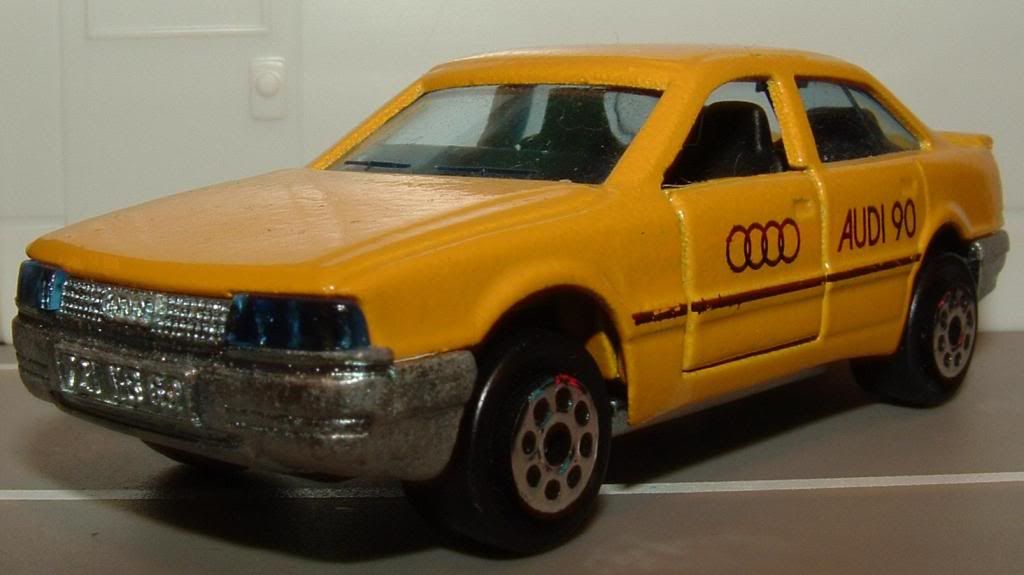

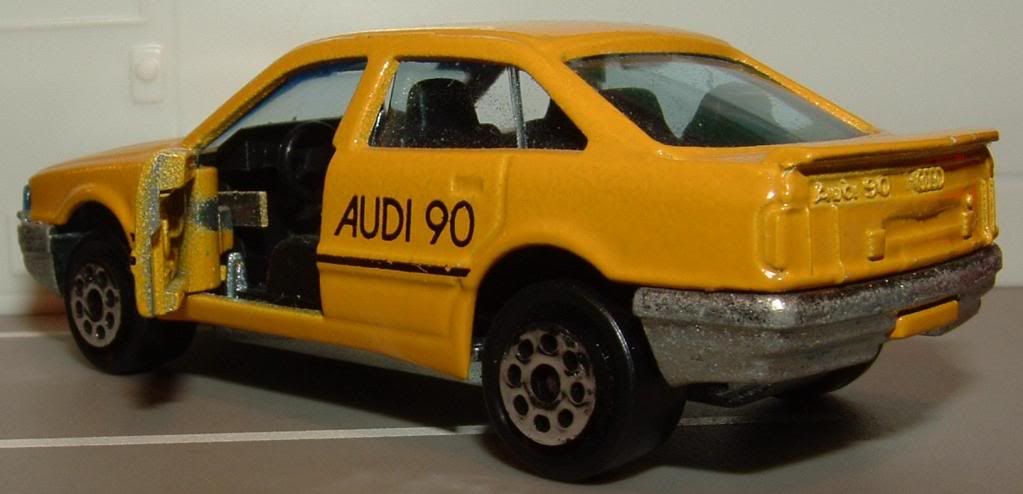
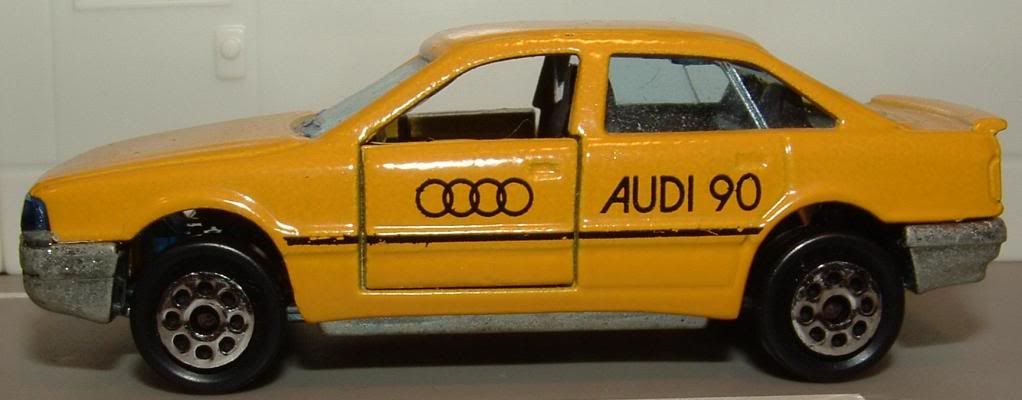
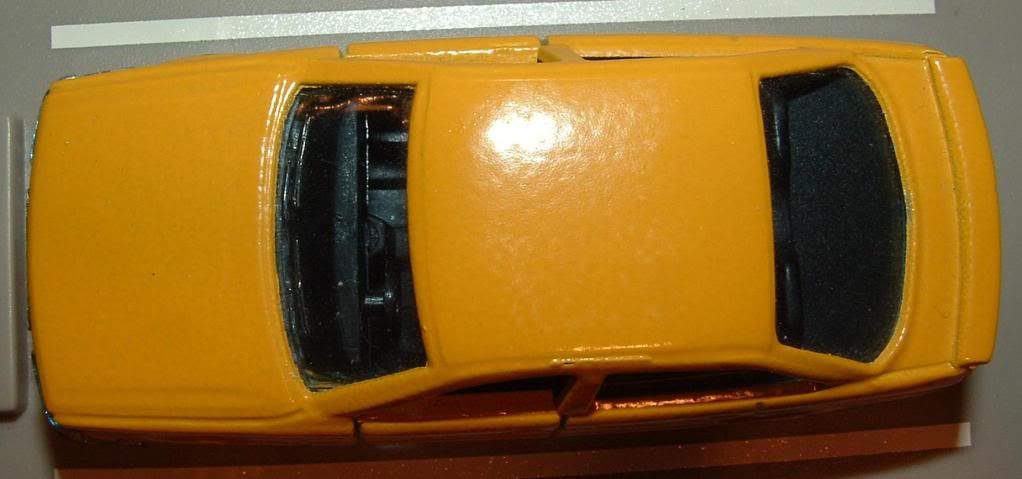
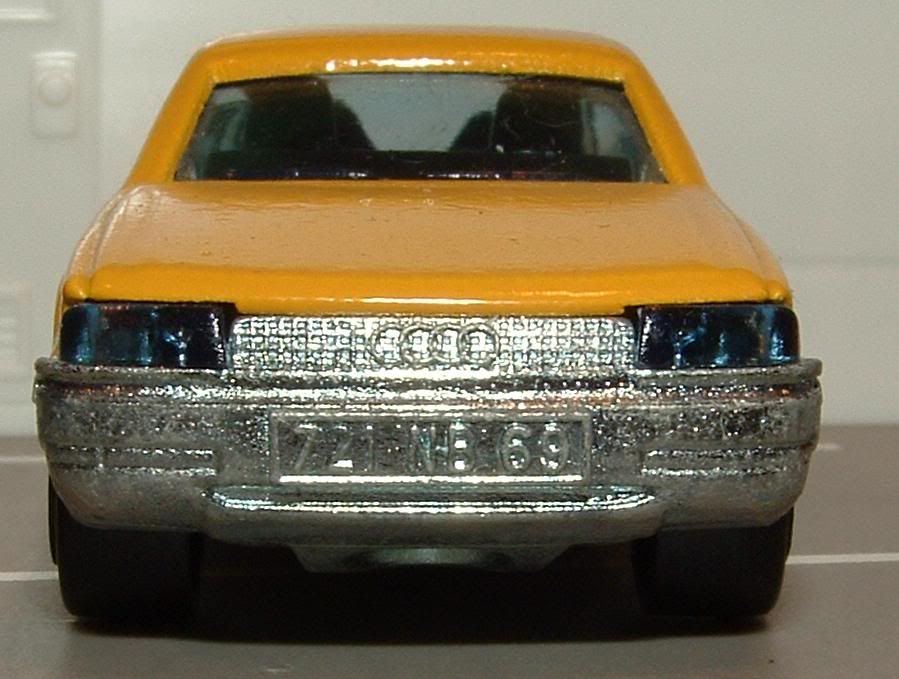
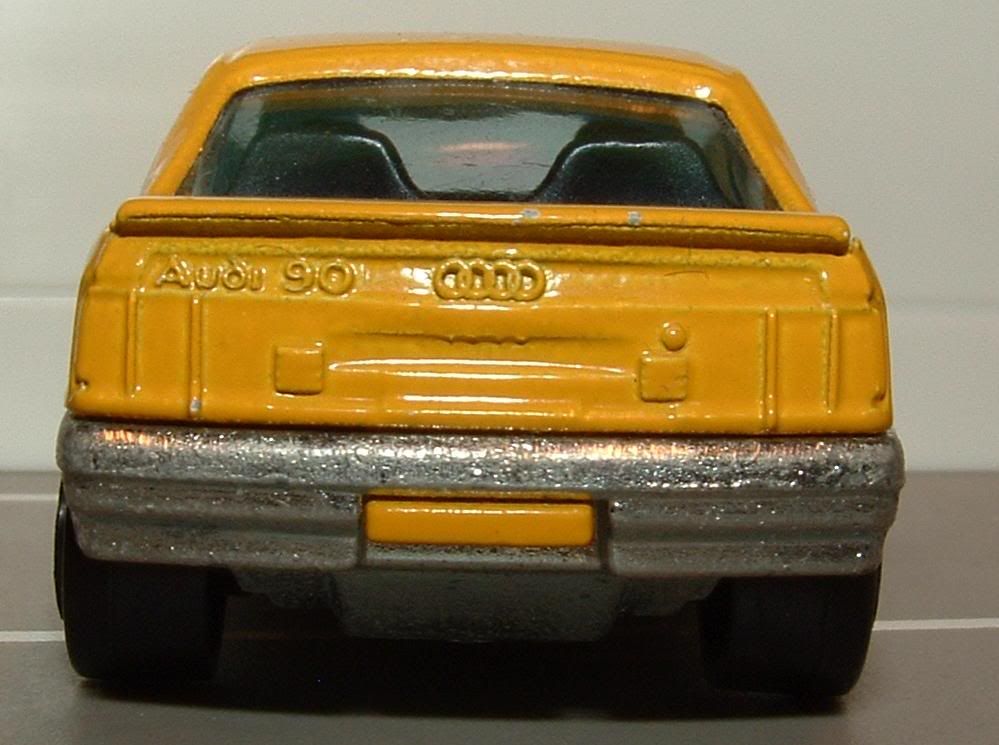
No comments:
Post a Comment